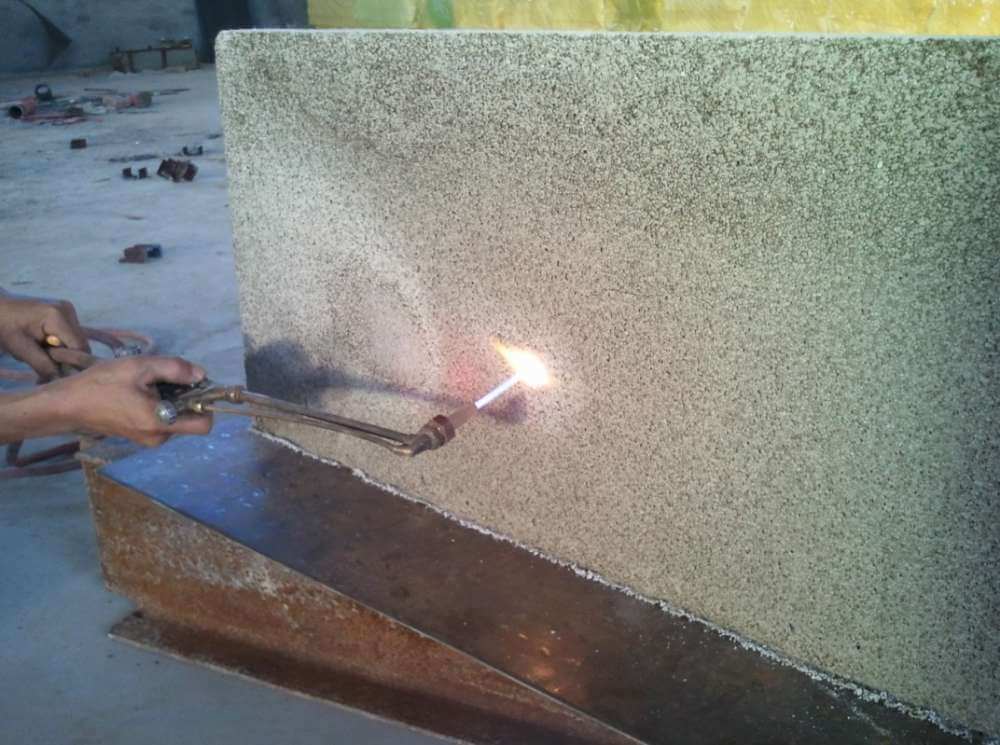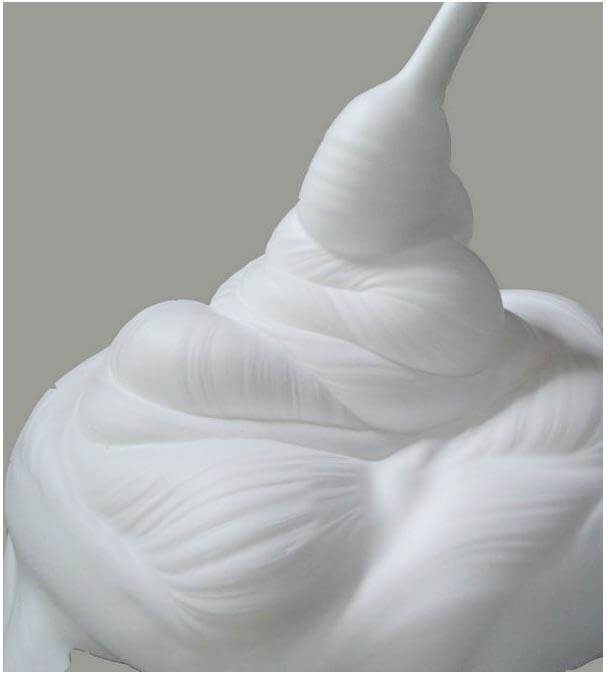Professional solutions on concrete addtives, Concrete Foaming Agent, Superplasticizer, CLC Blocks Additives, and foaming machine
(Restoration and reconstruction of the San Francisco-Oakland Bay Bridge)
On October 17, 1989, a magnitude 6.9 earthquake occurred in San Francisco, causing severe damage to the Bay Bridge. Let's learn about the post-earthquake reinforcement of the West Bridge and the reconstruction of the East Bridge of the Bay Bridge. Concrete additives became a significant role in this event.
Seismic reinforcement of the West Bridge
After the earthquake, the West Bridge underwent comprehensive seismic reinforcement and reconstruction. Most of the steel structure supporting the bridge deck was replaced by bolted steel plates from the original riveted lattice, and the lattice beams were transformed into box beams. The large inclined beams on the outer layer of the cable tower are equipped with panels, making the appearance more beautiful. Box-type inclined beams are installed on the sides of the upper and lower decks to reduce the relative movement of the upper and lower decks during earthquakes and reduce the chance of damage to the bridge deck. During the construction period, the bridge was not closed, and vehicles were usually able to pass.
The giant concrete bearings of the West Bridge could crack under specific pressures, so the bearings were also specially strengthened, with a new layer of reinforced concrete added to the surface.
East Bridge Reconstruction
When the earthquake occurred, a 15-meter-long truss pavement collapsed onto the lower bridge deck on the upper deck above the E9 pier of the East Bridge, killing one person. The bridge was closed for a month for repairs and then reopened. In fact, considering the damage to the East Bridge, building a new bridge is the best option.
The design plan of the new bridge went through many revisions until it was completed. It took 24 years, and the project budget and bidding prices also soared. With an initial funding of $250 million and a final cost of $7.2 billion, the reconstruction of the Bay Bridge's East Bridge became the most costly public works project in California history.
The final design plan is that the front section of the East Bridge will be a self-anchored suspension bridge, and the rear section will be a viaduct. The reconstructed bridge is a single-story structure. The steel materials for the bridge towers and important steel structures of the East Bridge are all provided by Shanghai Zhenhua Heavy Industries. The new bridge is 78.74 meters wide and has ten lanes. According to the Guinness Book of World Records, it is the world's widest bridge.
An independent bicycle lane has been set up on the south side of the new bridge, connecting Yingcao Island, Treasure Island, and Auckland City. Office workers use it to commute. Residents and tourists can also ride in their leisure time to enjoy the bay scenery.
On the afternoon of September 2, 2013, the world's largest single-tower self-anchored and earthquake-resistant suspension steel bridge and the new eastern section of the San Francisco Bay Bridge in the US were opened to traffic. On September 8, 2018, the old bridge was demolished.
Concrete plays an important role in bridge repair
Structural reinforcement: Concrete is used for the reinforcement and repair of bridges, which can enhance the structural strength and stability of the bridge. By increasing the thickness of concrete in critical areas or using high-strength concrete, the load-bearing capacity of the bridge can be improved, and cracks and deformations can be prevented.
Durability improvements: By repairing defects and cracks in the concrete surface, the life of the bridge can be extended. Waterproofing concrete and enhancing its corrosion resistance can improve its durability and prevent premature aging and damage.
Enhanced connectivity: Concrete can be used in bridge repairs to improve connectivity between individual components. By filling cracks and increasing contact surfaces, the integrity of the bridge can be improved to ensure that all parts work together.
Anti-skid treatment: Concrete surface treatment plays a vital role in improving the anti-skid performance of bridges. By adding anti-skid particles or using anti-skid textures, the friction of the bridge deck can be enhanced, and the risk of vehicle skidding can be reduced.
Aesthetic value: Concrete repair can also improve the bridge's aesthetic appearance. By repairing damaged exteriors, polishing, and beautifying, the bridge's aesthetics can be improved and add beauty to the urban landscape.
Supplier
TRUNNANO is a supplier of concrete additives, which is concrete and relative products with over 12 years experience in nano-building energy conservation and nanotechnology development. It accepts payment via Credit Card, T/T, West Union and Paypal. Trunnano will ship the goods to customers overseas through FedEx, DHL, by air, or by sea. If you are looking for high quality concrete additives, please feel free to contact us and send an inquiry. (sales@cabr-concrete.com).
(Restoration and reconstruction of the San Francisco-Oakland Bay Bridge)







